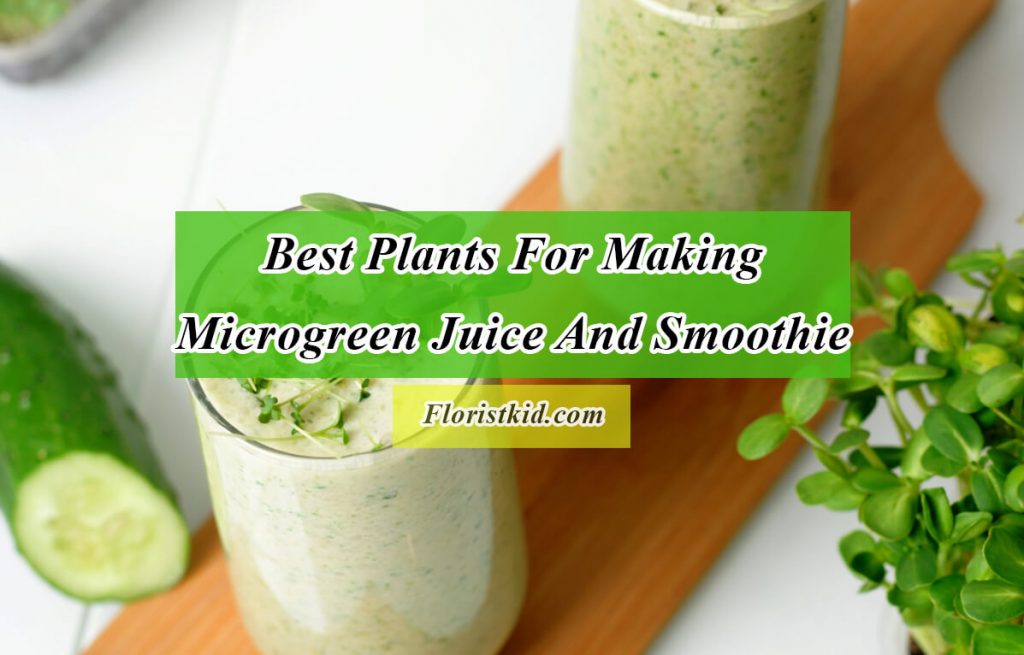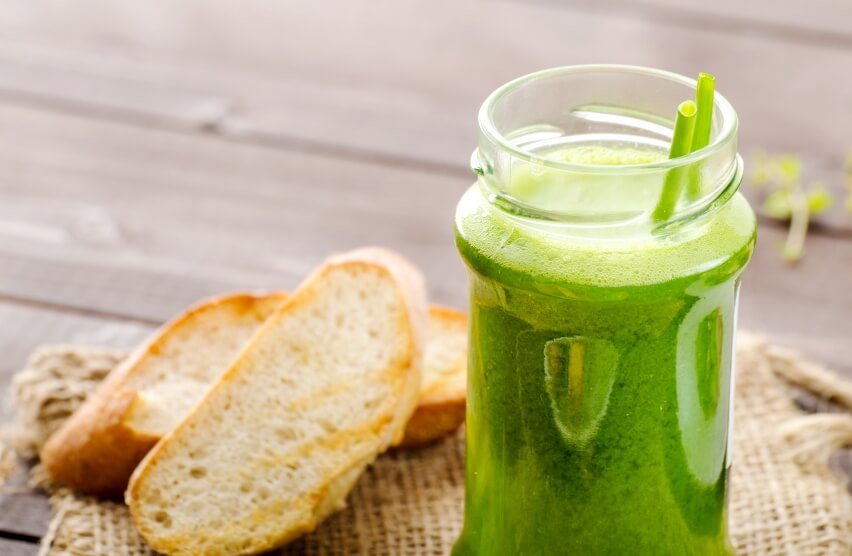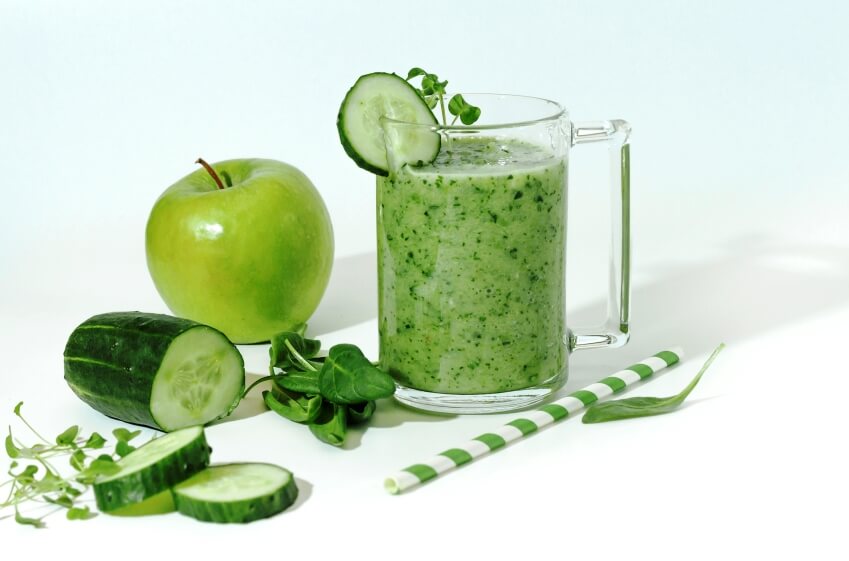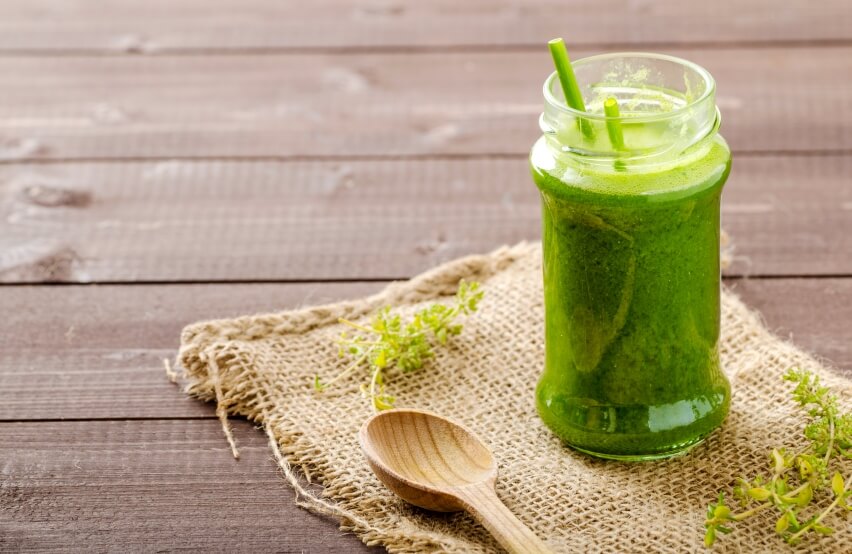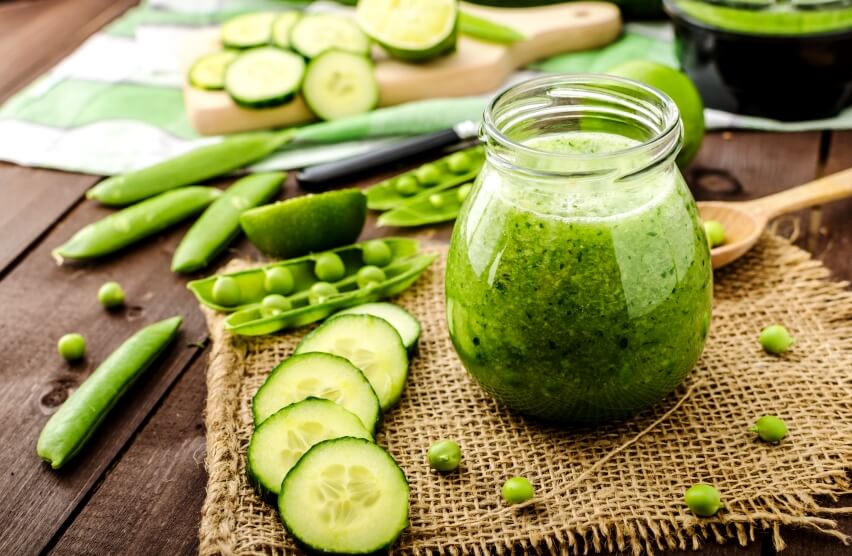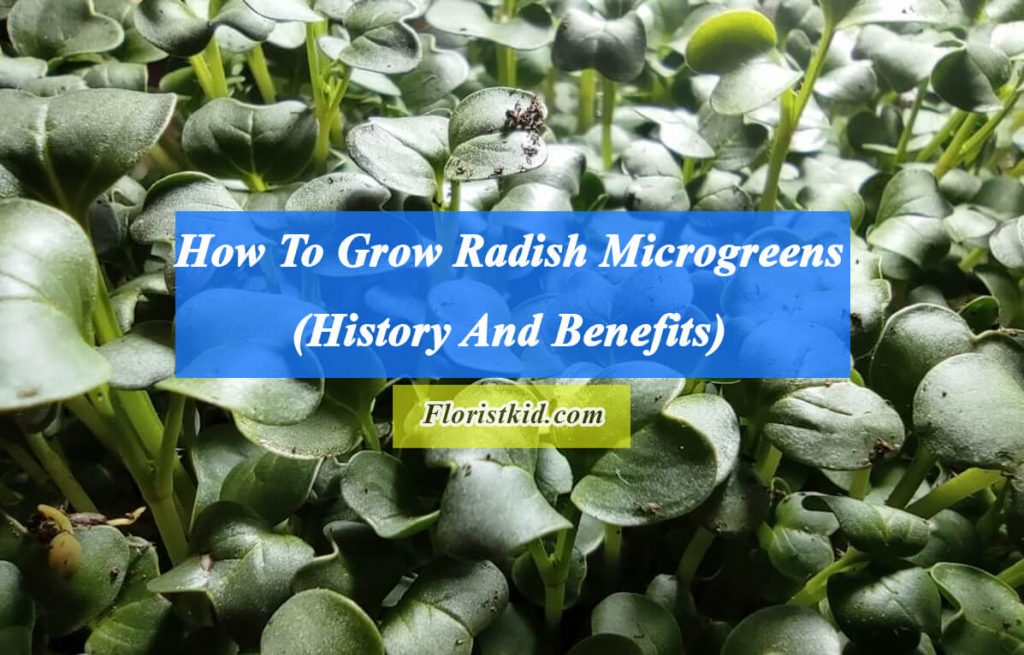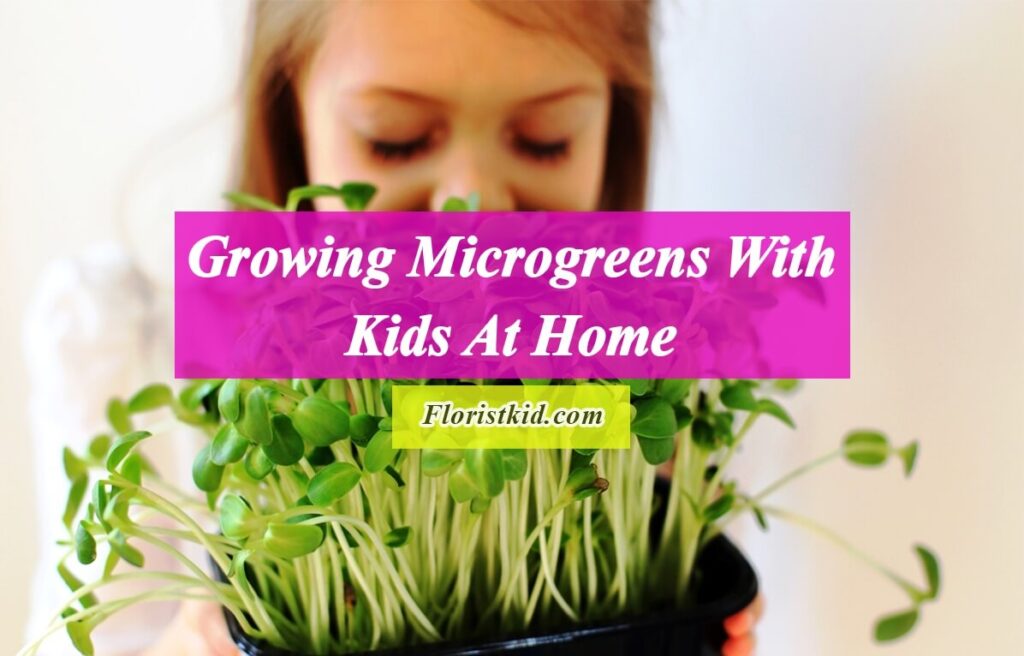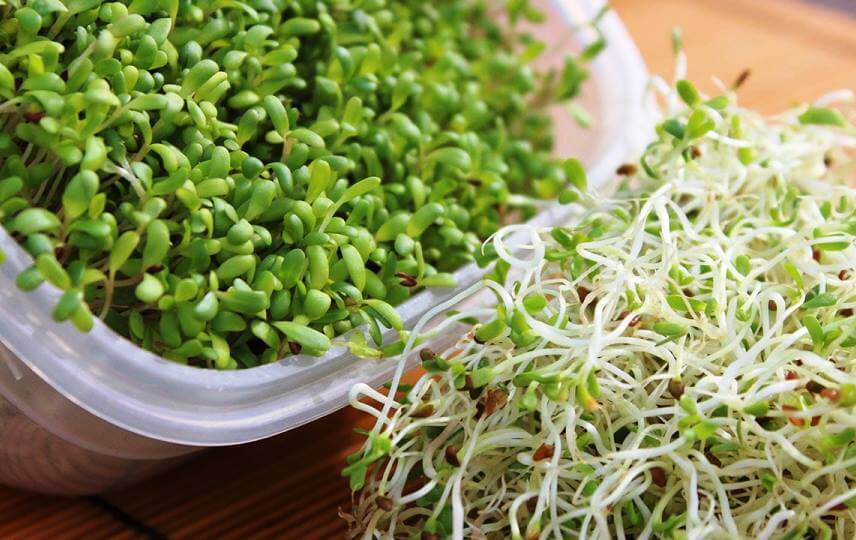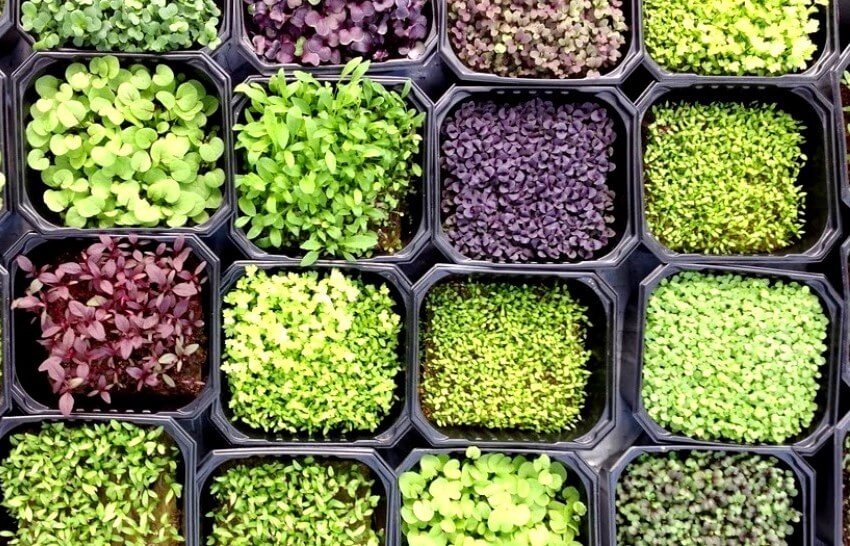When it comes to microgreens, you do not typically hear about juicing. It is understandable because, despite their versatility, many people prefer to consume microgreens raw or as a garnish. Microgreens, on the other hand, can be a fantastic juicing companion. Juicing microgreens may appear to be difficult, but it is not. It is pretty satisfying when you discover you will be able to use your small vegetables to make amazing microgreen juice.
This article will review the best microgreens to grow for making microgreen smoothies. We will also go over three delicious microgreen smoothie recipes.
If Like to know more about microgreens, check these articles:
<<What Are Microgreens >> and <<Popular Microgreens For Chefs>>
Juicing microgreens
Juicing microgreens is similar to juicing vegetables and fruits. You only need to put the greens in the juicer and start it. Since microgreens are more delicate than other foods, you may need to use a bit more power while pressing them into the juicer. The entire microgreen, stems and all, can be juiced, making them incredibly easy to work with.
Growing microgreens from seed is recommended if you have the time and energy as they are considerably more cost-effective than store-bought microgreens. You will also have access to a considerably wider range of options. Almost all vegetables and greens are available as microgreens, which provide delectable variants and nutrient-dense copies of the mature plant.
Microgreen juice vs. fresh microgreen
There is no significant health difference between juicing microgreens and eating them fresh. Microgreen juice has only one nutritional benefit: you can consume more nutrients because they are concentrated in juice form. Although eating entire microgreens provides more fiber than microgreen juice, the difference is not considerable.
Since microgreen juice has already been broken down, your body may find it easier to absorb and digest the nutrients. Juicing may be beneficial to those who do not enjoy eating fruits and vegetables. Juicing is a terrific option if you have trouble incorporating fresh microgreens into your diet.
Microgreen smoothies
If you are concerned about not obtaining all of the nutrients from a microgreen, blending them is one option. Smoothies are a denser form of fruit and vegetable consumption, typically functioning as a meal and a source of liquid nutrients.
Smoothies keep the fiber content of microgreens intact and are just as beneficial as eating them whole. When blended, you will probably be able to eat them in larger quantities. Different flavor profiles of microgreens will match nicely with various fruits and vegetables for a healthy and delightful combination.
Smoothies are an excellent way to get your daily fruit and vegetable intake. They are also portable, allowing you to carry them with you everywhere you go. Smoothies are great for breakfast, lunch, or anytime you need a vitamin boost. Smoothies can be made with a variety of ingredients and extras.
Best microgreens to add to smoothies
Each microgreen juice has its own distinct flavor and nutrient profile. Microgreens can provide plenty of health advantages without adding a lot of calories or sugar to your diet. Wheatgrass, beets, and broccoli are popular microgreens for juicing. The texture of these microgreens elevates the juicing experience.
Due to the nature of microgreens, they increase the nutritional density of your juices. There are a variety of other microgreens that are suitable for creating microgreen juice. Here are a few of them:
- Pea microgreens are a great addition to smoothies since they have a sweet, delicate flavor that is not bitter. They also have a wonderful freshness. Vitamins A, B, C, and E are all present. Calcium, iron, magnesium, niacin, phosphorus, and potassium are all included in this microgreen.
- Sunflower microgreens are another nice alternative with their mild and somewhat nutty flavor. Vitamins A, B, C, and E are all present. Protein, calcium, iron, magnesium, phosphorus, and potassium are all present in this microgreen.
- Spinach microgreens are one of the best greens to include in a smoothie. This leafy green complements a variety of fruits and vegetables. It is sugar-free and has a reduced calorie count. Spinach is a good source of protein, iron, fiber, and folate, among other nutrients. Flavonoids, carotenoids, and saponins are among the phytonutrients found in it.•
- Broccoli microgreens are popular for making microgreen juice since they have a gently peppery flavor, which adds zing to any smoothie. Vitamins A, B, C, E, and K are all present. It’s high in protein. Calcium, iron, magnesium, phosphorus, potassium, and zinc are all present.
- Beet microgreens: While beets are not the first vegetable that springs to mind when thinking of juicing microgreens, the color of this microgreen provides a beautiful splash of crimson to smoothies. Beet microgreens are an excellent choice since they give sweetness to the drink and have an earthy flavor. Vitamins A, B, C, E, and K are all present. Calcium, iron, magnesium, phosphorus, potassium, and zinc are all included in this food.
- Wheatgrass microgreen is a popular microgreen smoothie ingredient that’s high in minerals that help you feel good. It tastes similar to grass but maybe a little fresher. Wheatgrass has a strong flavor that some people dislike. To counterbalance the strong wheatgrass flavor, you can add a splash of pea shoots to it. Wheatgrass is a good source of protein and contains vitamins A, B, C, E, and K. Calcium, chlorophyll, iron, lecithin, magnesium, pantothenic acid, phosphorus, and potassium are all found in it.
- Kale microgreens are a common ingredient in antioxidant microgreen juice. These low-calorie, high-nutrient young leafy greens are high in vitamins and minerals. They have a light sweetness and pair well with blueberries and almond milk.
Microgreen smoothie recipes
There are so many recipes available for microgreen smoothies. This section will go through three recipes for making delicious and nutritious smoothies.
1) Sunflower Microgreen Smoothie recipe
Ingredients:
- 1/2 cup sunflower microgreens
- 1 apple roughly chopped
- 1 banana
- hemp seeds (optional)
- lemon juice (optional)
- a handful of spinach (optional)
Directions:
In a high-powered blender with cold water, combine all ingredients and blend until smooth. Refrigerate for up to 24 hours before serving.
2) apple-wheatgrass smoothie recipe
Ingredients
- 4 green apple
- 3 mint leaves
- 1 cup wheatgrass juice
- ½ lemon
Directions:
In a Cold Press Juicer, combine all of the ingredients; if the texture is too thick, add additional cold water. Some people like to utilize ingredients straight from the refrigerator. In this case, it is better not to add any water to them before putting them in the juicer.
3) green mix smoothie recipe
Ingredients
- 90 grams of sunflower microgreens
- 20 grams of mix of kale, red cabbage, and broccoli microgreens
- 170 grams banana – chopped, frozen tbsp grated carrot
- ice cubes
- lemon juice, to taste
- 1/2 cup water
- 1/2 tablespoon chia seeds
- 1/2 tablespoon flax seeds
Directions:
In a high-powered blender with cold water, combine all ingredients and blend until smooth.
Conclusion
Although microgreens lack the mass of most fruits and vegetables, juicing microgreens gives nutrients in an easily digestible form and high concentrations. Microgreen juices are fantastic for smoothies, not only because of their nutritious value but also because of their great flavor. Several microgreens can be used to make microgreen juice. For this purpose, some of the best microgreens are Spinach, Kale, wheatgrass, pea, broccoli, sunflower, and beetroot microgreens.

